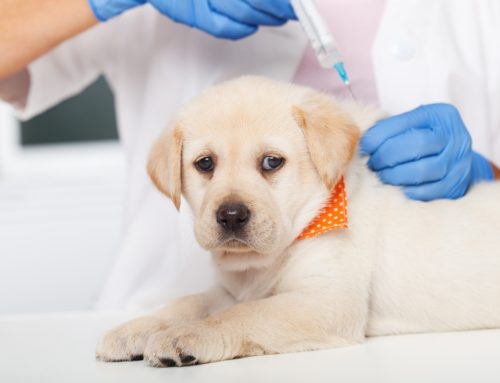When you switch puppy food to adult food, consider the age of your pet. Usually, the switch from puppy food to adult food occurs between the ages of 10-12 months for the majority of dog breeds (small, medium, and large). We want to make sure that as puppies, they are given the appropriate amount of calories in their food to grow and develop correctly. Usually around the 10-12 month age range, most breeds have reached their adult size and are able to decrease their calorie and protein intake to an adult level, since they have developed almost fully. The puppy food you have been feeding them up until this point has given their body energy, special proteins, increased levels of calcium, and protein to develop vital organs and tissues. Now that the body is developed, we can safely switch over to an adult diet.
How to switch your puppy to adult food?
In order to transition your puppy, gradually switch from puppy food to adult food. This process needs to be slow so that there is no shock to the dog’s gastrointestinal (GI) system. The tables are an excellent guide to switch from puppy to adult food. Also, keep in mind that this table can be used to switch any pet’s food safely over time; i.e., if they become picky or finicky eaters, or are placed on a specialty diet for medical reasons.
Table Provided by Royal CaninⓇ
Diagram Provided by Hill’s Science DietⓇ
What food do you transition your puppy to?
Your puppy will no longer need certain amounts of specific nutrients involved in growing or developing tissues as they transition into the adulthood. Keep in mind the breed size of your puppy (small/large). At Gilbertsville Veterinary Hospital, we recommend two major dog food brands: Hill’s Science DietⓇ and Royal CaninⓇ. Each brand of dog food offers specific diets for the age, breed, and medical condition of your dog. Hill’s Science DietⓇ offers adult dog foods for small/toy breeds and large breeds. Royal CaninⓇ also offers adult dog foods specifically for large and small breed dogs. Discussing the preference of food with our staff will better help you target a specific food for your dog: taste, lifestyle, and breed of dog. Both of their websites are user-friendly and easy to navigate if you are researching adult foods. If choosing a food gets overwhelming, our staff is educated and available to help you pick the ideal diet for your growing puppy at any time.
Common Feeding Mistakes:
- The most common feeding mistake we have seen has been giving table scraps or extra treats to our “babies” when they give us that cute, little, sad-puppy face. However, there are many human foods that can be toxic to dogs, some can event cause major organ failure or damage to their bodies.
- Try to avoid the occasional people-food treats, and in turn provide them with healthy treats recommended by your veterinarian.
- The puppy to adult food transitioning process can be completed too fast, which shocks the dog’s digestive system, causing severe vomiting and diarrhea. This can be avoided by following the tables seen above and transitioning the food over time.
- Feeding your puppy the adult food too young, or continuing to feed your adult dog puppy food. This can alter their growing process as puppies, or give them too many calories/nutrients that they do not need as an adult, creating an overweight adult dog.
This process can seem confusing and intimidating at first, but with the help of the sources provided and consulting your veterinarian, it can be an easier, well-thought-out process.
Here is my dog Molly eating her dinner! Both of my dogs – Molly (a 4 year old mutt) and Moses (a 12 year old Golden Retriever) – eat Healthy Advantage Adult Dog dry food twice a day, from Hill’s Science Diet Ⓡ. They are different breeds and ages, but it works well for our family routine and contributes to their health every day!





Leave A Comment